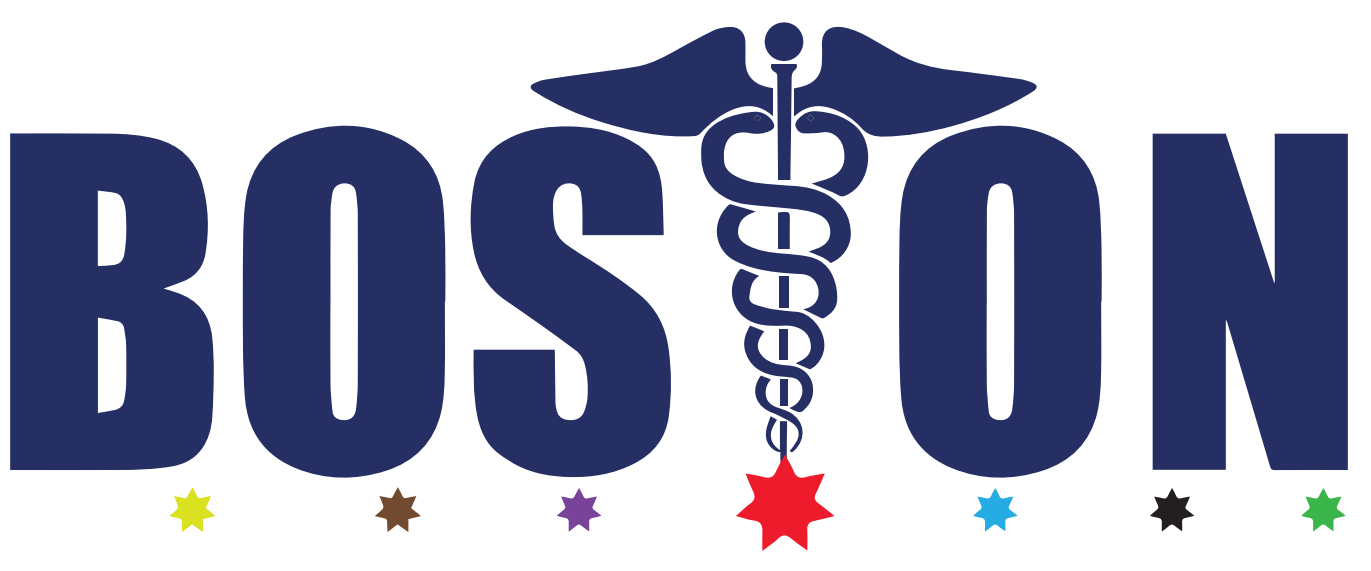NEOBIOTIC AND ANTICIN
Ashraf El-Komy & Mohamed Aboubakr
1 Professor and Head of Pharmacology Department, Faculty of Veterinary Medicine, Benha
University, Egypt.
2 Assistant Professor of Pharmacology, Faculty of Veterinary Medicine, Benha University,
Egypt.
ABSTRACT
This study was conducted to assess the efficacy of neomycin
(Neobiotic® and Anticin)® in controlling the adverse effects of
experimentally induced colibacillosis in broiler chickens. Two
hundred, one-day old broiler chicks were used and randomly
allocated into three experimental groups; group (1) uninfected-
untreated, group (2) infected-untreated, group (3) infected-treated with
neomycin (Neobiotic)® in the drinking water and group (4) infected-
treated with neomycin (Anticin)® in the drinking water. The drug was
given at dose level of 11 mg neomycin sulphate/kg b.wt/day for 5
consecutive days. Experimental colibacillosis was induced at 21-day of
age by IM inoculation of Escherichia coli (E.coli) serotype O78.
Clinical signs, mortalities, mean lesion scores, performance including body weight and feed
conversion efficiency were recorded and evaluated. The Results showed that infected-
neomycin treated chickens had less pronounced clinical signs, significant lower mortalities,
higher body weight and better feed conversion than infected-untreated birds. In conclusion,
neomycin administration (Neobiotic® and Anticin®) at 11 mg neomycin sulphate/kg b.wt
/day for 5 consecutive days is efficacious for the treatment of colibacillosis in broiler
chickens evident by i mprovement of all investigated parameters , and there was no
significant changes between Neobiotic® and Anticin® and both products can be used as
interchangeable drug in veterinary medicine practice especially in poultry.
INTRODUCTION
Escherichia coli (E.coli) is a member of Gram negative bacteria. Avian pathogenic E.coli (APEC) frequently infects broiler chickens inducing severe diseased conditions with great economic losses (Chansiripornchai and Sasipreeyajan, 2002). All ages of poultry are susceptible to APEC infection, however, the birds are mostly infected at 4-5 weeks old (Chansiripornchai et al., 1995). The main clinical forms of E.coli infection in chickens vary from acute colisepticaemia with sudden death to subacute fibrinopurulent serositis at 2-8 weeks old (Leitnes and Heller, 1992).
Pathogenic Escherichia coli cause intestinal and extra-intestinal diseases in human and
animals. Avian pathogenic Escherichia coli cause a variety of infections in poultry, generally
referred as colibacillosis (Barnes et al, 2003). One of the most frequently encountered
clinical manifestations of colibacillosis in poultry is respiratory origin colisepticemia, which
is one of the principal causes of economic loss in the poultry industry. In poultry flocks,
antibacterial agents are widely used to control E. coli and Salmonella infections. However,
the extensive use of antibacterial agents enhances the chance for selection of resistant
bacterial isolates (Schwarz et al., 2001; Khoshkhoo and Peighambari, 2005).
Neomycin is the general term for a mixture of antibiotics obtained from cultures of
Streptomyces fradiae (Waksman and Lechevalier, 1949). Two active components, which
are isomeric, of the mixture have been identified as neomycin B and neomycin C. The
neomycins belong to the aminoglycoside class of antibiotics, form salts with organic or
inorganic acids, and are sold, usually as a sulfate salt, as neomycin sulfate. Neomycin is
water soluble and is stable in animal feeds. Neomycin is also classed as broad spectrum as it
is effective against Gram-positive and Gram-negative bacterial species (Waksman et al.,
1950). Neomycin is an aminoglycoside antibiotic. Neomycin has a mechanism of action and
spectrum of activity (primarily gram negative aerobes) similar to the other aminoglycosides,
but in comparison to either gentamicin or amikacin, it is significantly less effective against
several species of gram negative organisms, including strains of Klebsiella, E. coli and
Pseudomonas. Neomycin is poorly absorbed from the gastrointestinal tract of birds and a low
acute toxicity after oral administration. It is often added to medicated poultry feeds.
Neomycin has been widely used in the animal industry (Kitchen and Waksman, 1955) since
its introduction in 1949. Neomycin use continues in cattle, swine, and goats. Neomycin was
removed from use in turkeys and chickens after a National Academy of Science/National Research Council Drug Efficacy Study Implementation Program review in 1971 reported a
lack of controlled studies to support efficacy and safety in these species.
Administration of antibiotics is the most common and fast way for treating of APEC infection
in broiler chickens, but the major problem associated with the treatment is the development
of drug resistant strains to the most commonly used drugs (Vandemaele et al., 2002). Hence,
it’s necessary to search for new therapeutic agents to control this infection and to define the
most effective route of administration.
Therefore, the purpose of the present study was to determine the efficacy of neomycin
(Neobiotic® and Anticin)® in the treatment of E.coli infection in the broiler chickens after
oral administration of 11 mg neomycin sulphate/kg b.wt.
MATERIALS AND METHODS - Drugs
Neobiotic®: It is a water soluble powder product administered via drinking water. It was manufactured by Pharmacia Animal Health Ltd, United Kingdom. Each 1 gm contains neomycin sulphate 700 mg (Eq. to neomycin base 490 mg). Anticin®: It is a water soluble powder product administered via drinking water. It was manufactured by Boston Company, Hyper Vet Division, Egypt. Each 1 gm contains neomycin sulphate 700 mg (Eq. to neomycin base 490 mg).
Experimental chicks
A total of two hundred clinically healthy one-day old Hubbard broiler chicks of both sexes
obtained from commercial hatchery were used in the present study. At arrival and before
experiment, the chicks were tested to be free from E.coli by bacteriological culture of liver,
heart, blood, spleen and yolk sac of ten randomly selected chicks and they prove negative
isolation for E.coli. Chicks were individually identified with leg band rings and kept under
complete observation in separate thoroughly cleaned and disinfected pens. Feed and water
were provided ad-libitum for the entire experimental period. A commercial unmediated
broiler ration that formulated to meet NRC recommendation (NRC 1994) was used. All
chicks were vaccinated against Newcastle disease (ND) using Hitchner B1 and Lasota
vaccines and against infectious bursal disease (IBD) using 228E vaccine at 5, 12 and 19 days
of age; respectively via eye-drop instillation according to a standard vaccination program
implementation on local broiler farms.
NEOVE APRAMYCIN AND APRABIOPHAR
Ultrices sagittis orci a scelerisque purus semper eget duis at. Sollicitudin nibh sit amet commodo n
NEOVE APRAMYCIN SOLUBLE POWDER ANDAPRABIOPHAR
Ashraf El-Komy & Mohamed Aboubakr 1 Professor and Head of Pharmacology Department, Faculty of V

